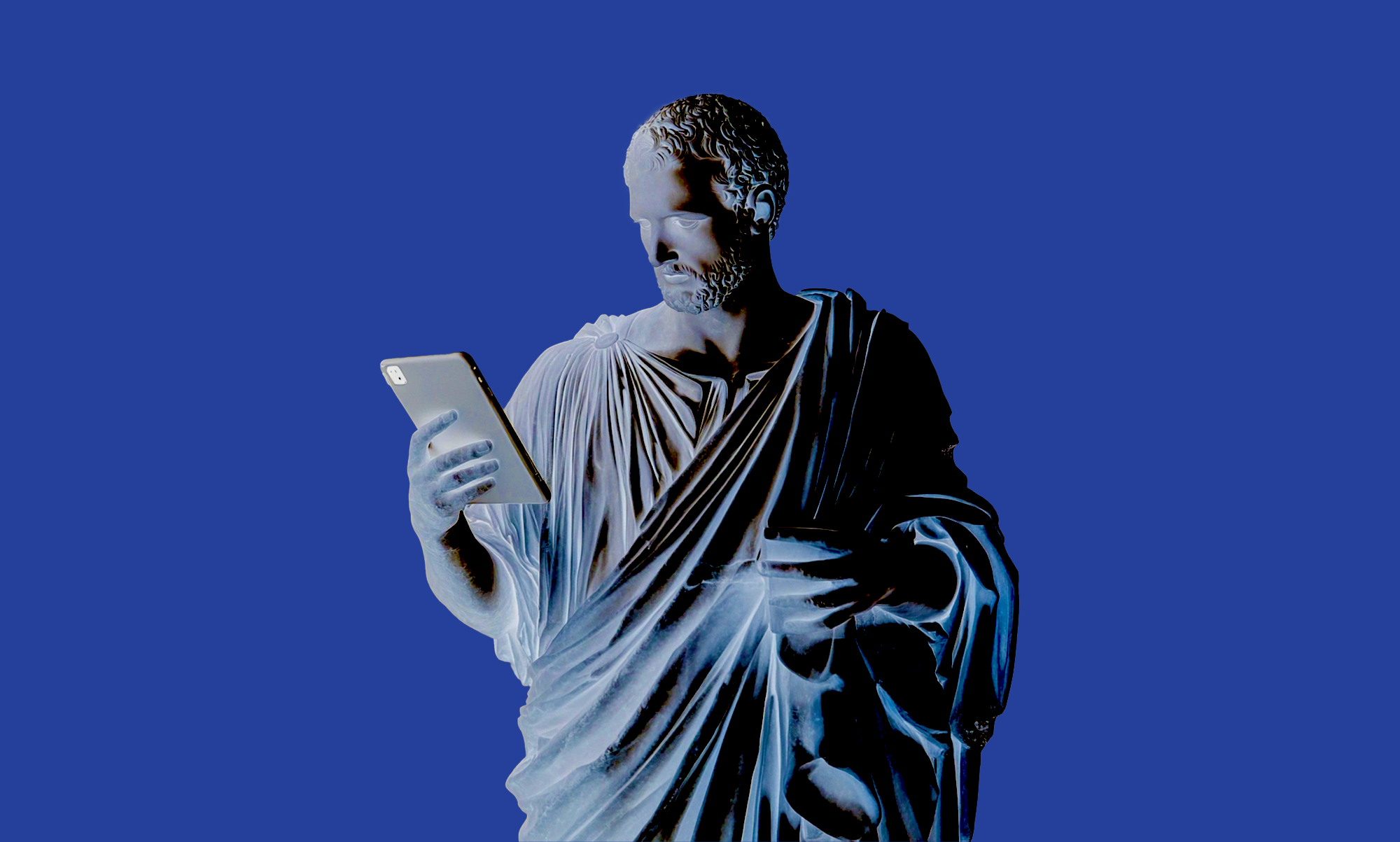The use of AI in agencies

To AI or not to AI that is the uncomfortable question
AI is not a buzzword anymore. For some, it builds a sense of dread that robots will take over all of our jobs and everyone will go to live in some kind of dystopian future. But, the reality is that it’s been quietly integrating into our lives collecting our data and preferences— yes Alexa is listening and then selling you stuff you don’t need — and you cannot ignore it unless you live with no internet.
Cuts to 2022 and the real panic (or fascination depending on how you see it) sets in with the advancement of Generative AI. I admit, I had concerns about how it fits in with the typical agency model (if that even exists any more). But across multiple channels my belief is that AI aids the conversation rather than takes over. We all need to bend a bit to make it work for us.
AI enhances creativity, not replaces it, by helping to clarify a vision, generate ideas and possibly throwing in some wild cards you may otherwise omit. Added to moodboards, creative concepts and more we can use tools like MidJourney to visually explain storyboards, creative and executions in shorter amounts of time, meaning we can remove frustration, over spend on budget and timelines for clients. Budgets can then be spent on the refinement, the emotional cues necessary for authentic connection with audiences.
Where agencies will become defensive is when clients begin to think they can be replaced, and not give value to what the strengths of an agency can offer, pulling creative inhouse by using AI tools. AI is amazing and is improving at an impressive rate but its not without its faults and it has its limitations that should not be ignored.
Amy, Deep’s Senior Digital Designer’s take on AI:
“It’s important not to see Ai as the competition, but as another tool in the toolbox, that only makes our work better.
For digital concepts, having planned, wire-framed and newly designed a website page, we can better help clients to visualise and understand a design concept by using AI-generated copy in place of what would otherwise be Latin, placeholder text. This improves the sign-off stage for everyone, because it minimises any miscommunication as to what the text might say.
We can also use AI to help analyse and provide insights into data analytics, which can then help to inform design choices and improve the usability – and therefore conversion rates – on websites, all at a much faster speed than we’d be able to analyse alone. By using AI to look through data such as heatmaps, user feedback and interactions and bounce rates, we can quickly get an overview of what is and isn’t working well, and dive into areas which would have the largest return on investment for our clients.
It’s important to remember the role of Ai in the final, live website too. Chatbots can provide personalised, high-end customer service when done well, that offer 24/7 assistance to website users. As well as answering queries and problem-solving to reduce any friction a user may have in their purchase journey, they can also be used to recommend products tailored to a user’s preference. Most importantly, AI chatbots provide instant support and can handle multiple interactions at once, meaning that no customer is left waiting. This allows real humans to focus on more complex enquiries, and filters out easily resolved requests which reduces the wait times for access to a real human as well. This efficiency is key for maintaining the high standards of service expected from luxury brands in a digital space.”
I could have written this article with CHAT GPT and Claude.ai but you’d see through it. My tone would not have come through, American spelling is peppered throughout and often a few facts are thrown in without backup.
If we all use AI for music, writing, and creating then our world will become very obvious, dull and irrelevant so we need to make sure we use it for what it helps us build upon, that we keep our creativity bubbling over whilst using what is at our fingertips.
For now, it’s a powerful assistant rather than a replacement for human creativity.
The future lies in finding the right balance- embracing AI’s capabilities while valuing human insight and imagination. By adapting and integrating AI into our workflows, we can elevate our creative output and focus on what truly matters: authentic human connection.
No Claude’s were used in the making of this article.

